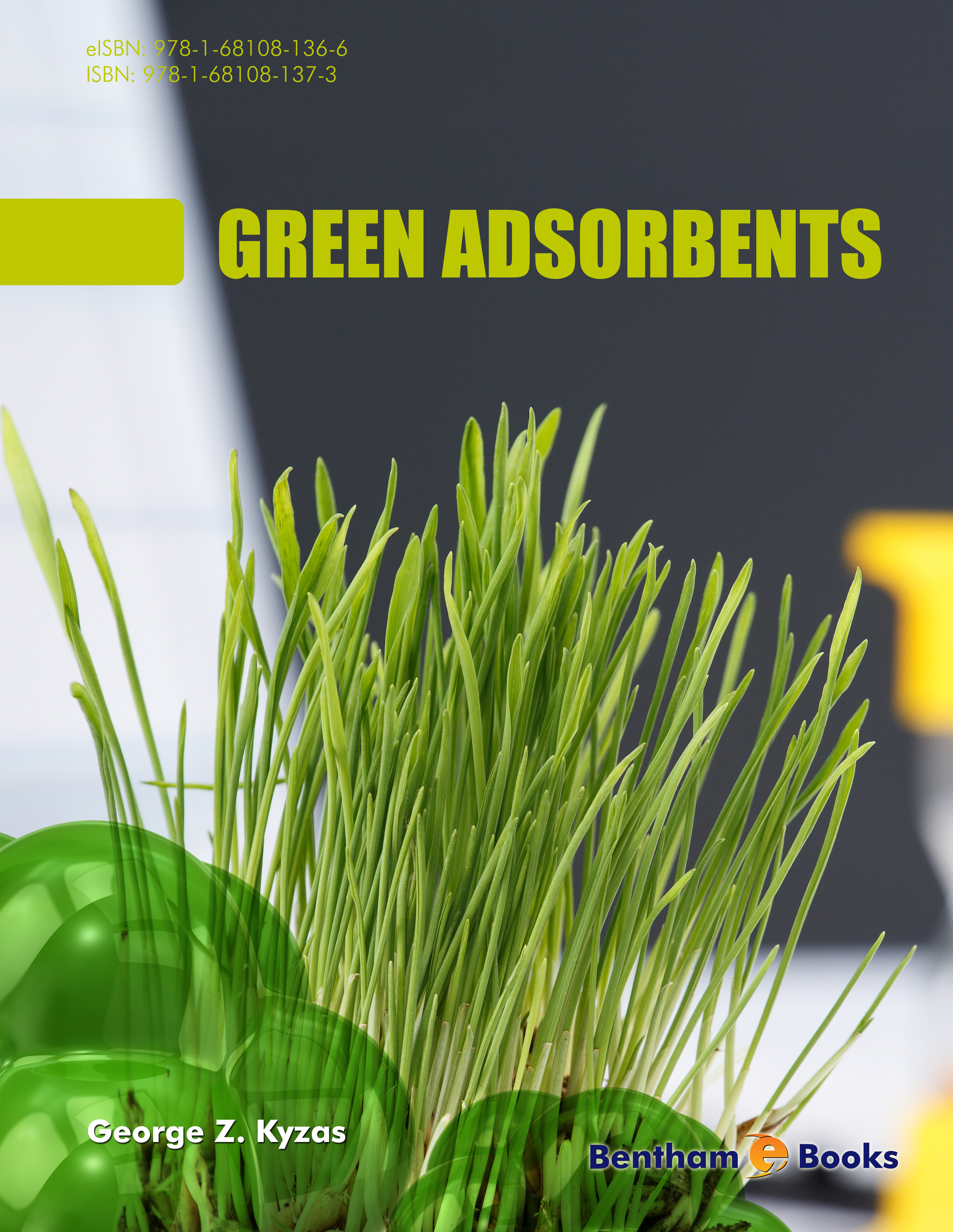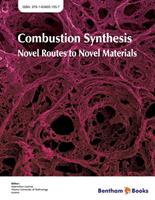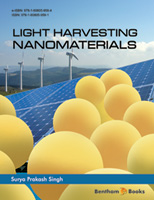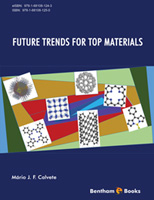Introduction
Adsorption technology is a promising avenue for wastewater treatment. Numerous adsorbent materials are presently synthesized. Green or environmental friendly adsorbents are derived from plants and agricultural crop sources, giving them a very low production cost when compared to synthetic polymers. This monograph explains the basic principles of green adsorption technology, their production processes and strategies to remove different categories of environmental pollutants (dyes, heavy metals and phenols/pesticides). The book explains details in terms of features such as adsorption capacity, physico-chemical kinetics and reuse potential. A summary of the economics and future prospect for green adsorption technology is also given. This text is a handy reference for environmental chemistry students, researchers and policy makers.




